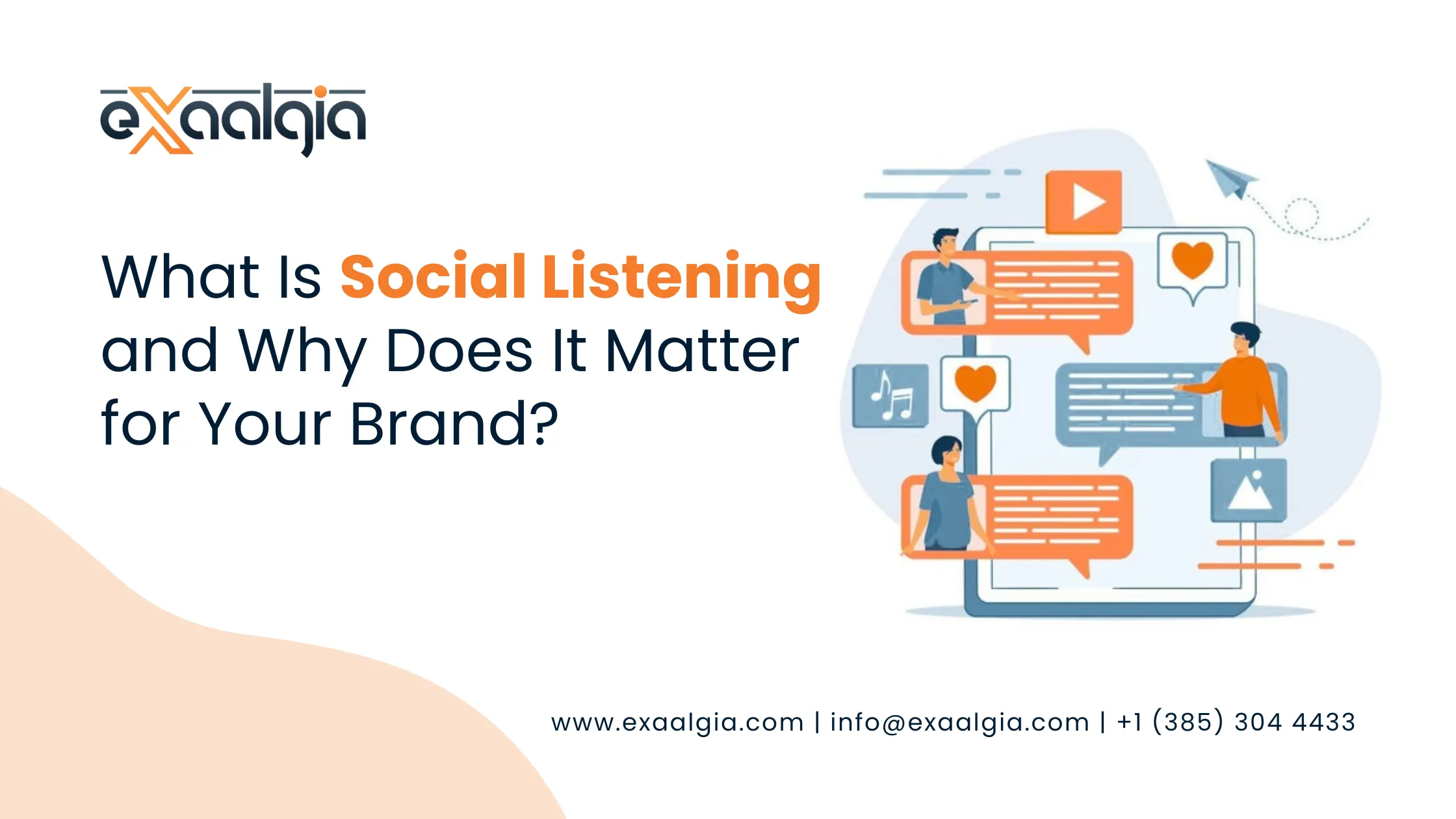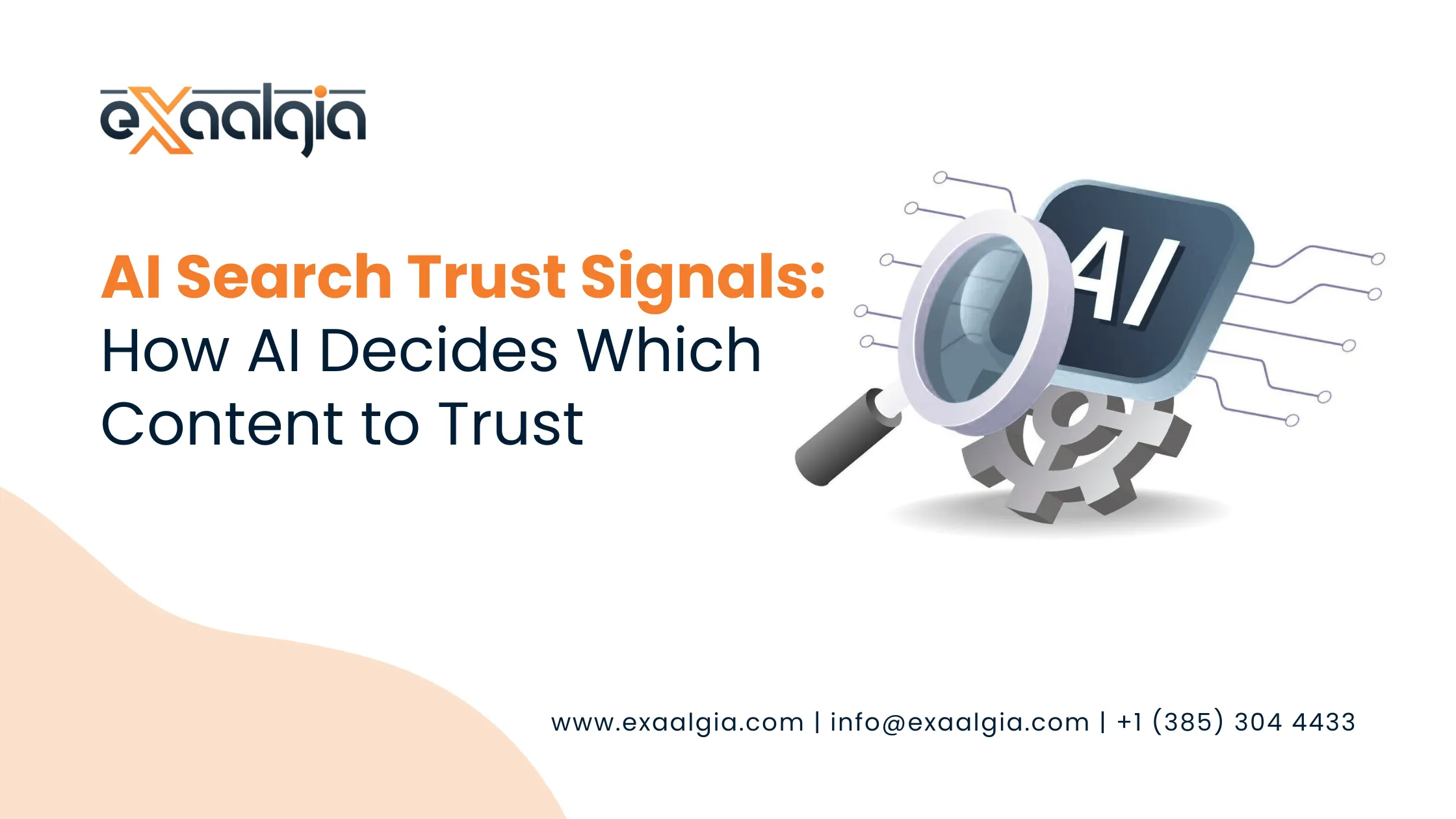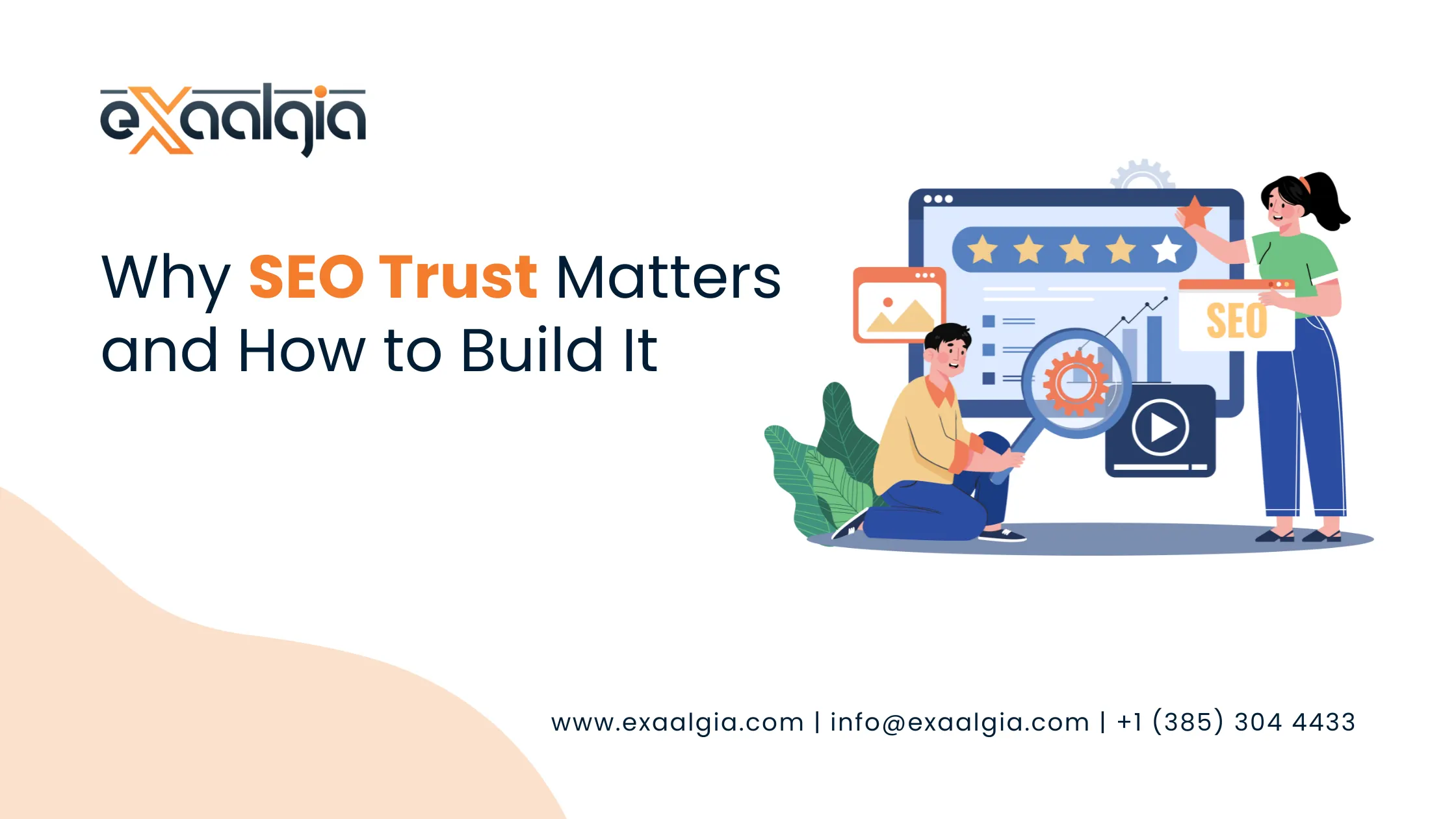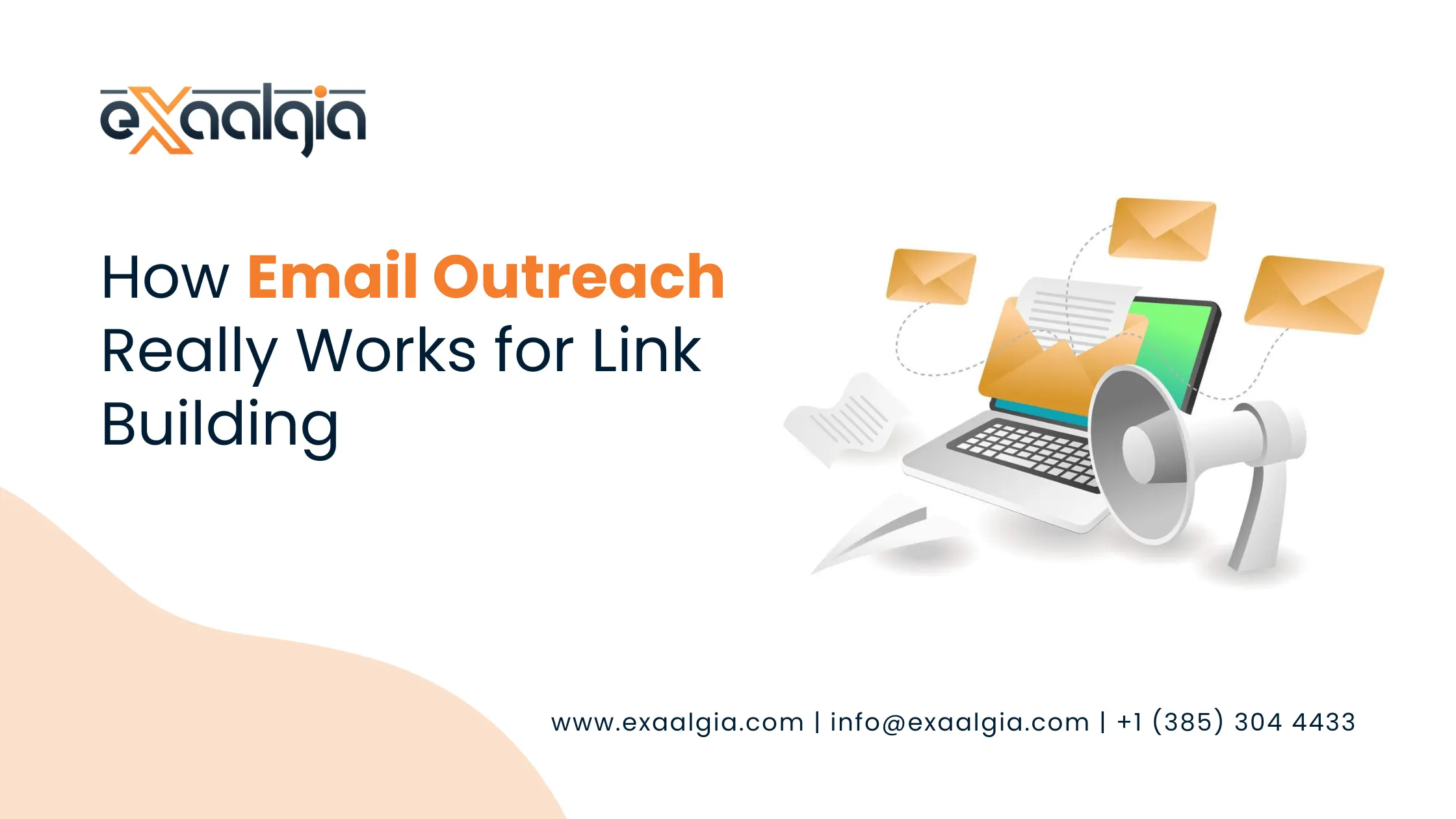If you’ve never heard of GEO, you’re not alone. But just like Search Engine Optimization (SEO) became essential in the early days of Google, GEO is shaping up to be the next frontier for online visibility.
Let’s break it down from the beginning, using real-world examples and simple language so you can understand what GEO is, how it works, and why your website needs it—starting now.
What Is Generative Engine Optimization (GEO)?
GEO stands for Generative Engine Optimization. It’s the practice of optimizing your content to be recognized, cited, and surfaced by AI-powered search engines and chatbots like:
- ChatGPT
- Google’s SGE (Search Generative Experience)
- Microsoft Copilot (Bing AI)
- Perplexity.ai
- And other AI “answer engines”
Think of GEO as SEO’s next-gen cousin. SEO helps your site rank on traditional search engines. GEO helps your content appear in AI-generated responses.
Simple Analogy: SEO vs GEO
Imagine your website is a book in a library.
- SEO is about getting your book placed on the best shelf so people browsing (searching) can find it.
- GEO is about making sure AI librarians not only find your book—but summarize and recommend it when someone asks a question.
In other words:
SEO = Visibility on the shelf
GEO = Inclusion in the AI’s spoken answer
Why Is GEO Becoming So Important?
Let’s look at how people search today:
- Instead of typing “best marketing tools 2025” into Google, they ask ChatGPT or Gemini.
- These AI tools don’t just list websites—they generate complete answers, often pulling from a mix of sources behind the scenes.
If your website isn’t optimized for GEO, these tools may never mention or cite your brand, even if you have amazing content.
That’s a lost opportunity.
How Does GEO Work? (Core Principles)
Here’s how you can think about GEO at a foundational level:
1. Structured, Clear, and Contextual Content
AI thrives on clean, informative content that’s easy to understand and cite.
- Write content like you’re answering a question clearly for a friend
- Use headings, bullet points, and FAQs
- Avoid fluff—AI tools skip vague writing
2. Semantic Relevance and Topical Authority
AI doesn’t just scan for keywords—it looks for meaningful context.
- Create deep content around specific topics
- Link to related posts or pages on your site
- Build your site’s authority within a niche
GEO is about what you say and how well it connects to a wider topic, not just the exact keywords you use.
3. First-Party Data and Unique Insights
AI prefers sources that offer original data, expert quotes, or experience.
- Share case studies, original research, expert tips
- Use author bios to show expertise
- Add personal experience or customer success stories
4. Machine-Readable Formats Help
AI bots love structure. The more your content is technically readable, the better.
- Use schema markup (like FAQ schema, HowTo schema)
- Optimize metadata (titles, descriptions, image alt text)
- Ensure content is mobile-friendly and fast-loading
5. Citable and Credible Content
Generative engines choose content they trust.
- Include credible sources and outbound links
- Use trust signals like HTTPS, author pages, and up-to-date content
- Keep your content fresh and factually accurate
GEO in Action: A Simple Example
Let’s say someone asks an AI tool:
“What are the best website design tips for small businesses?”
If your blog post contains:
- A headline like: “Top 10 Website Design Tips for Small Businesses”
- Clear, bulleted design tips
- Author expertise and examples
- Schema markup
- Credible internal and external links
Then that AI tool is more likely to pull content from your site into its answer—maybe even link back to it.
That’s GEO success.
How GEO Complements SEO (Not Replaces It)
You don’t need to abandon traditional SEO—but GEO requires a new layer of thinking.
| SEO Focus | GEO Focus |
| Keywords and backlinks | Contextual depth and clarity |
| Google’s ranking algorithm | AI language models and trustworthiness |
| Meta descriptions and titles | Structured, machine-readable content |
| Traffic to web pages | Mentions in generated answers |
Together, SEO + GEO = Total Visibility
What’s the Potential Impact of GEO on Your Website?
Implementing GEO strategies can help your brand:
- Appear in AI-generated answers (not just search results)
- Be seen as a trusted authority in your niche
- Drive brand mentions and referral traffic from AI interfaces
- Future-proof your content for the next wave of discovery
As the way people search evolves, GEO ensures your content stays relevant and discoverable—even when no one clicks “next page.”
How to Get Started with GEO Today
You don’t need to overhaul your entire website. Start small:
- Update existing content to be clear, structured, and helpful
- Add FAQ sections using actual questions users might ask
- Cite credible sources and show your expertise
- Use schema markup where relevant
- Track mentions from AI tools like ChatGPT and Perplexity
And most importantly, write for humans first—but in a way machines understand.
Final Thoughts: Why GEO Is More Than a Trend
GEO isn’t a passing buzzword. It’s a response to how users search and consume content in the age of AI.
By optimizing for generative engines now, you:
- Future-proof your digital presence
- Capture traffic from new, non-traditional sources
- Stay ahead of competitors stuck in old-school SEO tactics
In short: Generative Engine Optimization is the new visibility currency of the internet.
Recap: GEO In a Nutshell
- What is GEO?
Optimizing your content to be cited or mentioned by AI-powered tools like ChatGPT, Google SGE, Bing AI, and others. - Why it matters?
Search is evolving—if you’re not optimized for AI-driven answers, you risk becoming invisible. - How to do it?
Focus on clarity, structure, expertise, credibility, and technical formatting.
Ready to Implement GEO on Your Website?
Start optimizing your content with Generative Engine Optimization in mind and stay visible in a world where AI tools are reshaping the search landscape.
Need help with GEO vs. SEO content creation strategies? Contact Exaalgia — your digital growth partner. We specialize in SEO and digital marketing services that keep you ahead of search trends.
FAQs: Generative Engine Optimization (GEO)
Q1. Is GEO replacing SEO?
No—GEO complements SEO. SEO focuses on traditional search engines, while GEO targets AI-generated results.
Q2. Can GEO increase my website traffic?
Indirectly, yes. If your content is cited in AI responses, it builds authority and can drive referral traffic from AI platforms.
Q3. What tools help with GEO?
Use tools like [ChatGPT], Google’s Search Console, schema markup generators, and Perplexity.ai to test and monitor mentions.
Q4. How is GEO different from traditional content optimization?
GEO emphasizes machine-readable clarity, structured content, and credibility over just keyword stuffing.
Q5. Who should use GEO?
Everyone—from bloggers and small businesses to large enterprises—should start applying GEO to stay discoverable in AI-assisted search environments.







